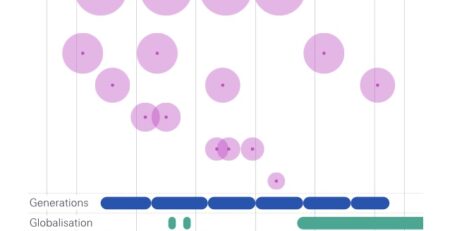Role of Social Security in Explaining the Rate of Saving Disparity: A Historical Study of New Zealand versus Singapore: 1960 – 1993
By Debasis Bandyopadhyay & Vera M. Chung (University of Auckland)
This paper provides evidence to argue that the difference in the social security schemes of two countries may help explain the disparity in their saving rates. We examine the argument by limiting our focus to a comparison of New Zealand and Singapore for the period 1960 – 1993. We choose the period to avoid the potential impact of the major restructuring of the New Zealand Superannuation since 1994 toward a partially funded system and the East Asia crisis of the late 1990s. In New Zealand, the unfunded system of provision of social security has the effect of reducing the private saving rate. In Singapore, on the other hand, due to the fully-funded nature of the Central Provident Fund (CPF), an increase in CPF saving will increase overall private and gross national saving, with some leakage into consumption. Also, since future social security wealth is directly related to current saving, Singaporeans have more incentives to transfer a higher fraction of the increase in current income for future retirement purposes. For New Zealanders, prior to 1994, the unfunded system did not accord the individuals that same control, because under their old system they could not increase future social security wealth by transferring current resources to the future. Through an empirical exercise, we discover that reasonable differences in thriftiness alone cannot explain the observed disparity in the rate of saving while the estimated differences in the impact of social security on saving provide a sufficient explanation.
Full Content: SSRN










